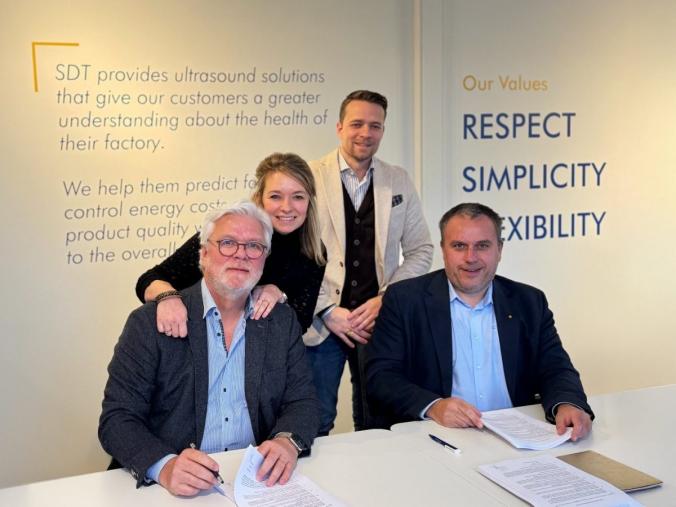Nordic Organizations Lack a Coordinated Overview of their IT Services
Despite utilizing an increasingly wide array of IT suppliers, the majority of Nordic companies and organizations do not have a model for integration and management of IT services (Service Integration and Management - SIAM), a recent report shows.
Almost every fourth organization state that they have no coordinating system in place at all, shows a new study conducted by analyst company IDC on behalf of software and services company Tieto.
The past decade has seen an enormous change in the IT outsourcing landscape for Nordic organizations. Many use a large number of suppliers for different purposes, thus, increasing the risk of coordination issues, inefficiency and unnecessary costs. SIAM aims at making it easier to organize and coordinate IT services from different suppliers, so that all systems and services are in line with business objectives and needs.
To investigate to what extent different organizations have coordinated and integrated their suppliers’ services, Tieto assigned IDC to conduct a study amongst 300 business decision makers at C-level in Sweden, Norway and Finland. The results show that almost half of the respondents are not aware whether their organization uses a model for integration and management of IT services. Only 7 percent know for certain that they use a SIAM model in their organization. 23 percent state that they lack any kind of model for integration and management of IT services.
- Nordic companies and organizations are usually at the forefront in digitalization, but when it comes to coordinating different suppliers´ systems we are lagging behind. The future of outsourcing is about taking advantage of an ecosystem of internal and external suppliers with improved productivity and innovation as a result. This sets high demands on service integration and management. Otherwise an abundance of services could easily emerge and lead to the opposite – limiting organizations´ innovation capabilities, not to mention the unnecessary costs which may arise, says Inger Ekman, Vice President, Technology and Modernization Services at Tieto Sweden.
The study also shows that more than a third of large enterprises and organizations have more than 10 IT-services suppliers, while the corresponding number for mid-size companies is 15 percent. 4 out of 10 large and mid-size companies believe that the amount of suppliers will stay the same in the future but every fifth large organization believes that it will increase further.
At the same time, only 4 percent of the organizations have a high maturity rate in utilizing SIAM, and the maturity varies significantly between different industries. IT and telecom are in the lead, closely followed by the banking and finance sector. The public sector and the manufacturing industry are to the least extent mature users of SIAM models.
The main reasons to implement a SIAM model or similar are “reducing costs” (36 percent), followed by “improve performance or quality of service” (32 percent) and “free up internal resources” (30 percent), according to the business decision makers.
- More and more decision makers realize the benefits of using models for integration and management of IT services, but many still primarily focus on cost savings. Although this is an important effect when implementing such a model, organizations should to a greater extent put more focus on finding and developing new business areas, Ekman says.
Download the report on Tieto's website:
http://pages.tieto.com/SIAM-Maturity.html
More information at
www.tieto.com/SIAM










